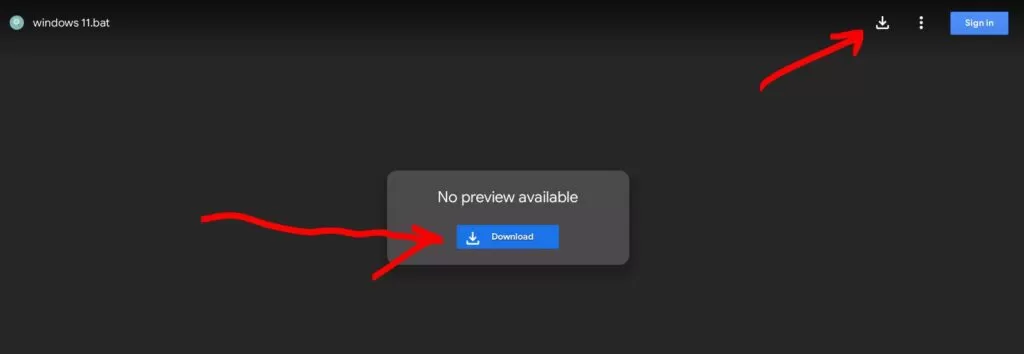NITI Aayog Releases Report on Digital Banks
NITI Aayog’s report makes a case and offers a template and roadmap for a licensing and regulatory regime for digital banks. It focuses on avoiding any regulatory or policy arbitrage and offers a level playing field to incumbents as well as competitors.
The report was released today by NITI Aayog Vice Chairman Suman Bery and CEO Parameswaran Iyer and Senior Adviser Anna Roy, in the presence of other officials.
‘Given the need for leveraging technology effectively to cater to the needs of banking in India, this report studies the prevailing gaps, the niches that remain underserved, and the global regulatory best practices in licensing digital banks,’ said CEO Parameswaran Iyer.
You need to read – Government undertakes several initiatives to promote electronics manufacturing in India
Recommendations:
The report recommends a carefully calibrated approach, comprising the following steps:
Issue of a restricted digital bank licence (to a given applicant) (the license would be restricted in terms of volume/value of customers serviced and the like).
Enlistment (of the licensee) in a regulatory sandbox framework enacted by the Reserve Bank of India.
Issue of a ‘full-scale’ digital bank licence (contingent on satisfactory performance of the licensee in the regulatory sandbox, including salient, prudential and technological risk management).
The report also maps prevalent business models in this domain and highlights the challenges presented by the ‘partnership model’ of neo-banking—which has emerged in India due to a regulatory vacuum and in the absence of a digital bank licence.
The methodology for the licensing and regulatory template offered by the report is based on an equally weighted ‘digital bank regulatory index’. This comprises four factors—(i) entry barriers; (ii) competition; (iii) business restrictions; and (iv) technological neutrality. The elements of these four factors are then mapped against the five benchmark jurisdictions of Singapore, Hong Kong, United Kingdom, Malaysia, Australia and South Korea.
The Context for the Case of Digital Banks in India: Financial Inclusion
In recent years, India has made rapid strides in furthering financial inclusion, catalysed by the Pradhan Mantri Jan Dhan Yojana and India Stack. However, credit penetration remains a policy challenge, especially for the nation’s 63-million-odd MSMEs that contribute 30% to GDP, 45% to manufacturing output, and 40% to exports, while creating employment for a significant section of the population.
Over the past few years, thanks to digitization—ushered in by the Jan Dan-Aadhar-Mobile (JAM) trinity and Aadhaar—financial inclusion has become a reality for Indians. This has only been furthered by the Unified Payments Interface (UPI), which has witnessed extraordinary adoption. UPI recorded over 4.2 billion transactions worth ₹7.7 trillion in October 2021. The platform approach taken by the government in conceptualizing UPI has resulted in valuable payment products being developed on top of it. As a result, payments can now be made with a click not just at retail outlets but also peer to peer—completely redefining the way in which money is transferred between individuals.
A ‘whole-of-India approach’ towards financial inclusion has also resulted in Direct Benefit Transfer through apps such as PM-KISAN and extending microcredit facilities to street vendors through PM-SVANIDHI.
India has also taken steps towards operationalizing its own version of ‘open banking’ through the Account Aggregator (AA) regulatory framework enacted by the Reserve Bank of India. Once commercially deployed, the AA framework is envisaged to catalyse credit deepening among groups that have been hitherto under-served.
The success that India has witnessed on the payments front is yet to be replicated when it comes to the credit needs of its micro, small and medium businesses. The current credit gap and the business and policy constraints reveal a need for leveraging technology effectively to cater to these needs and bring the under-served further within the formal financial fold.
This report has been prepared by NITI Aayog based on inter-ministerial consultations. Last year, NITI Aayog had released a discussion paper on the subject for wider stakeholder consultations. Comments received from 24 organizations were examined and have been suitably addressed in the final report.
Department of Financial Services Additional Secretary (AS) Suchindra Misra, MeitY AS Amit Aggarwal, MSME Assistant Development Commissioner Dr Ishita Ganguli Tripathy and Indian Banks’ Association Chairman Atul Kumar Goel were also present during today’s launch.












